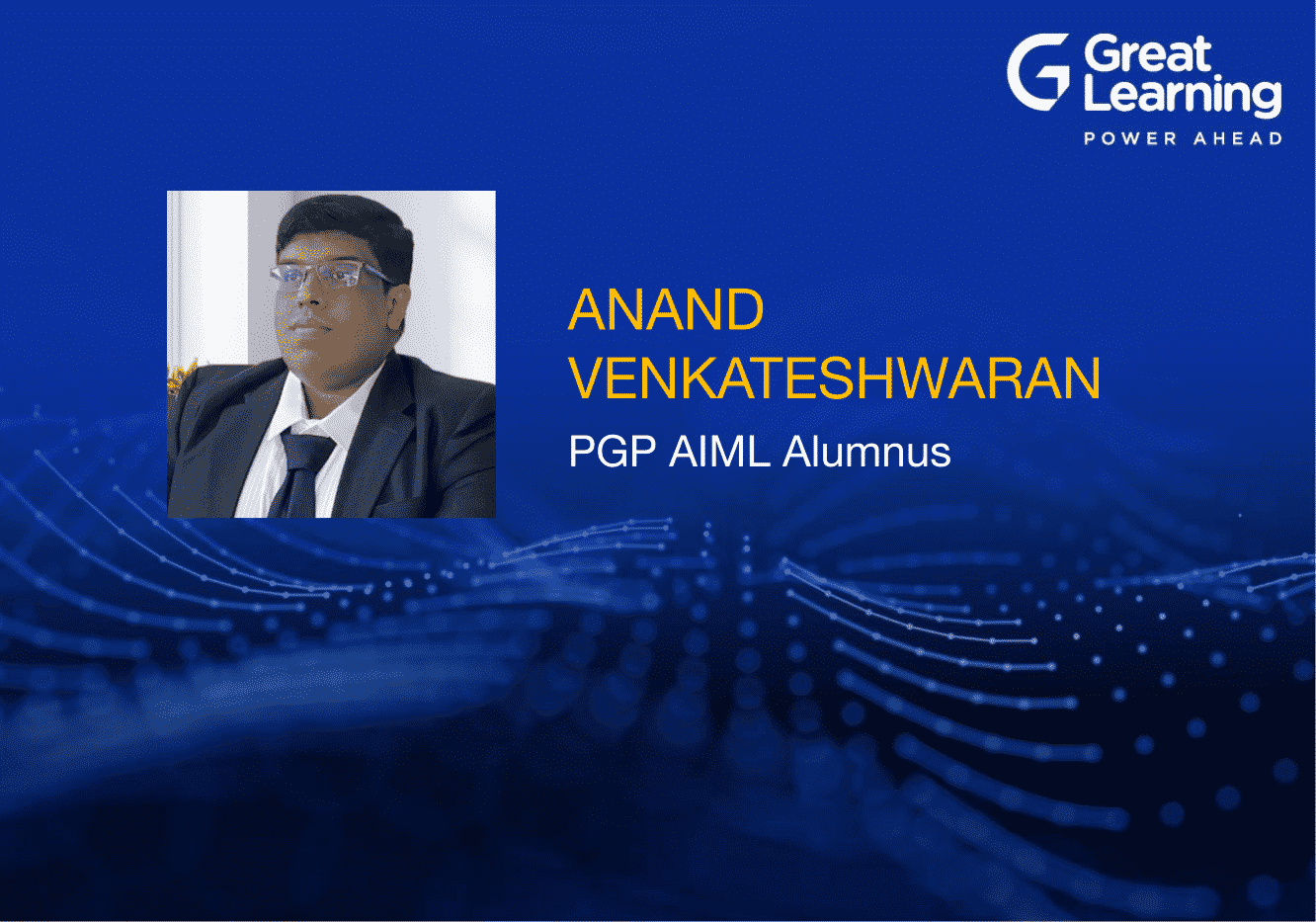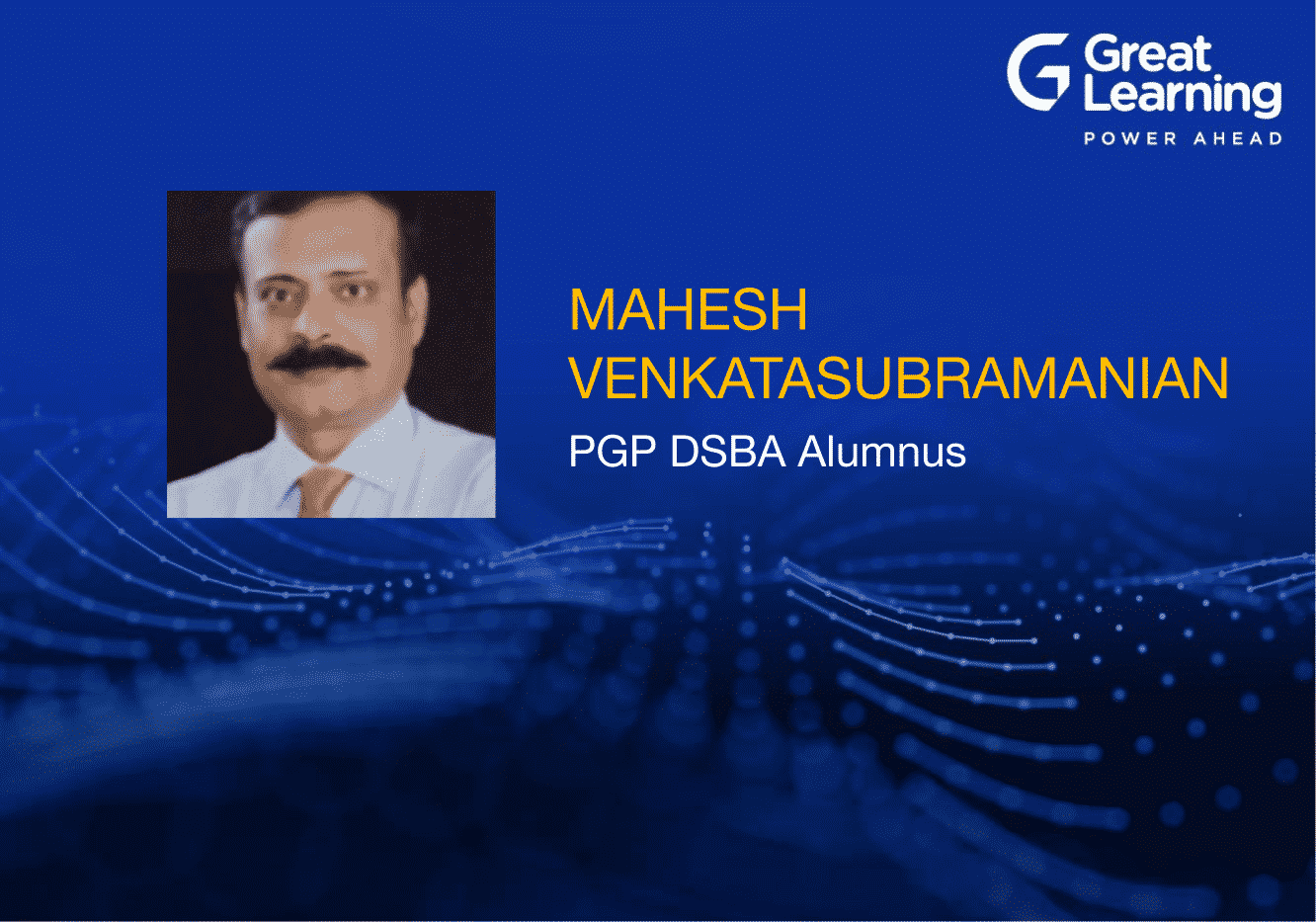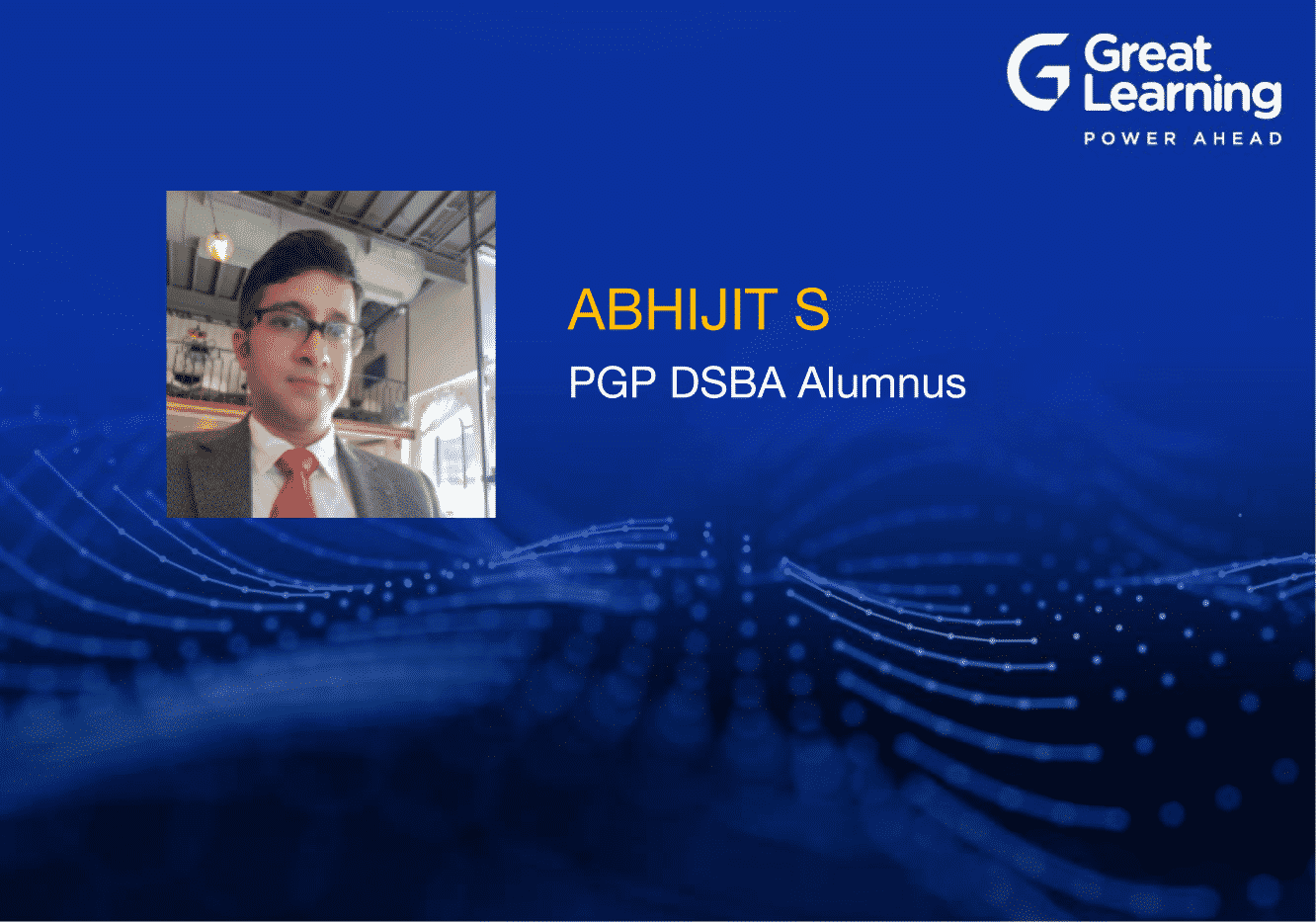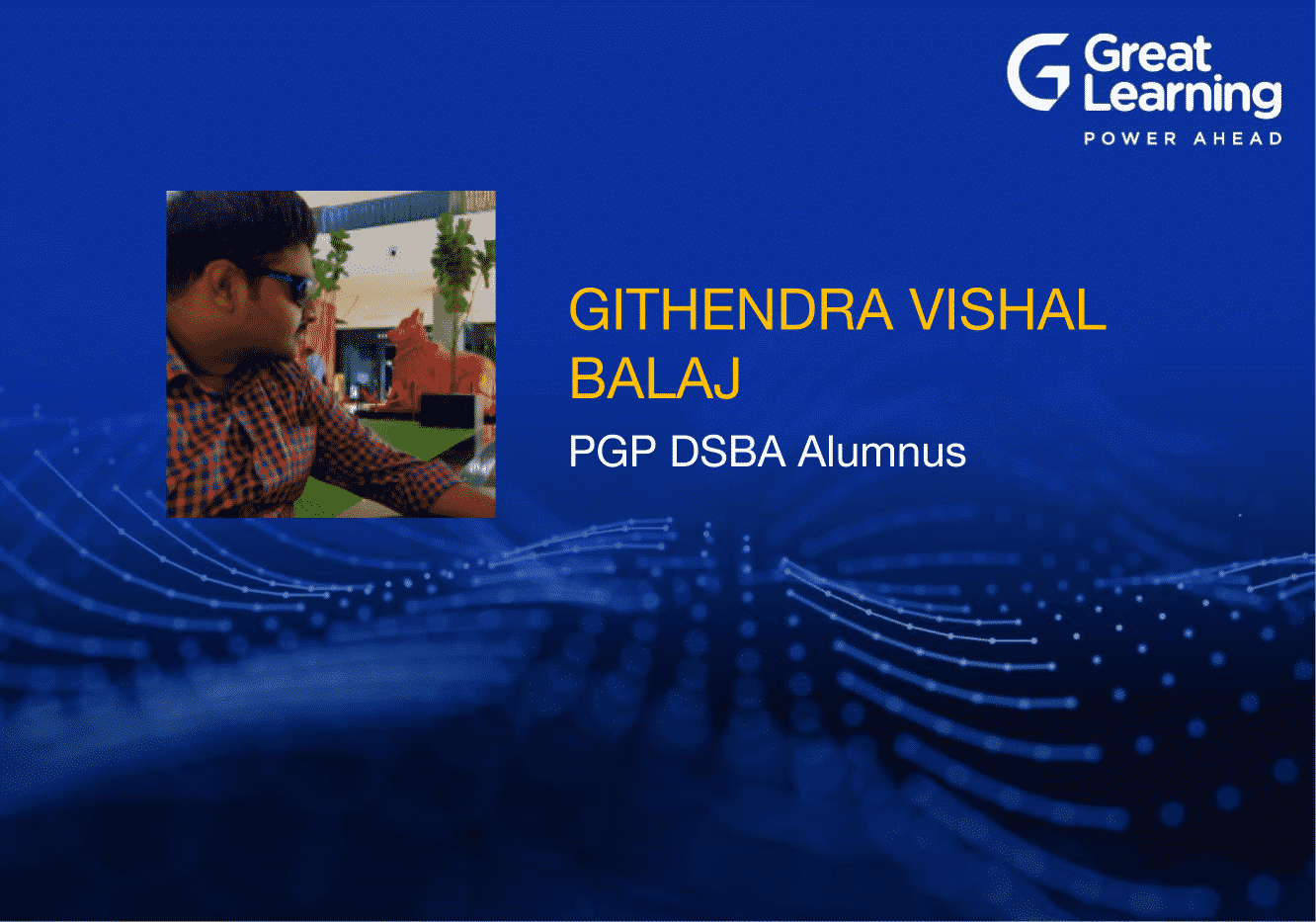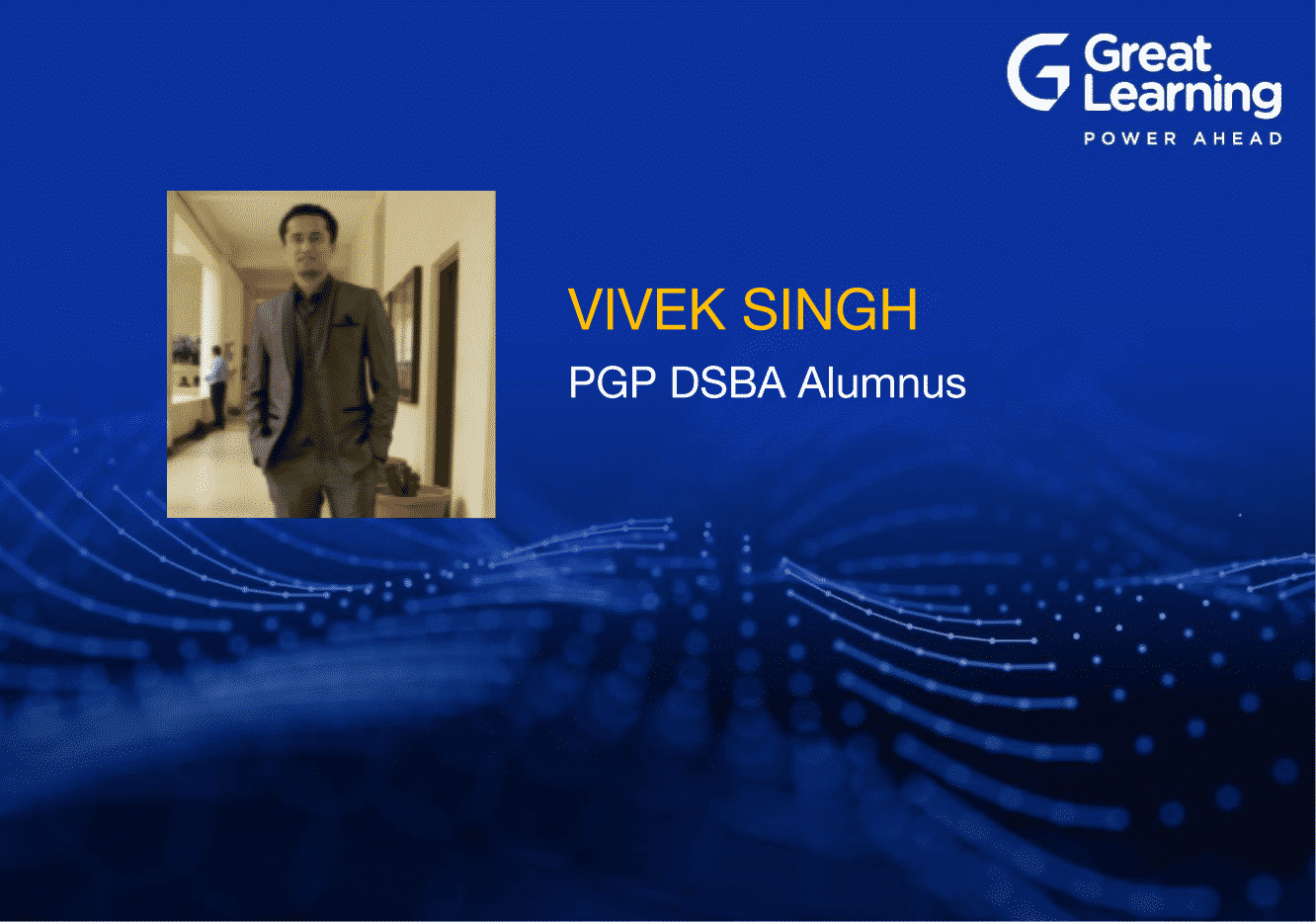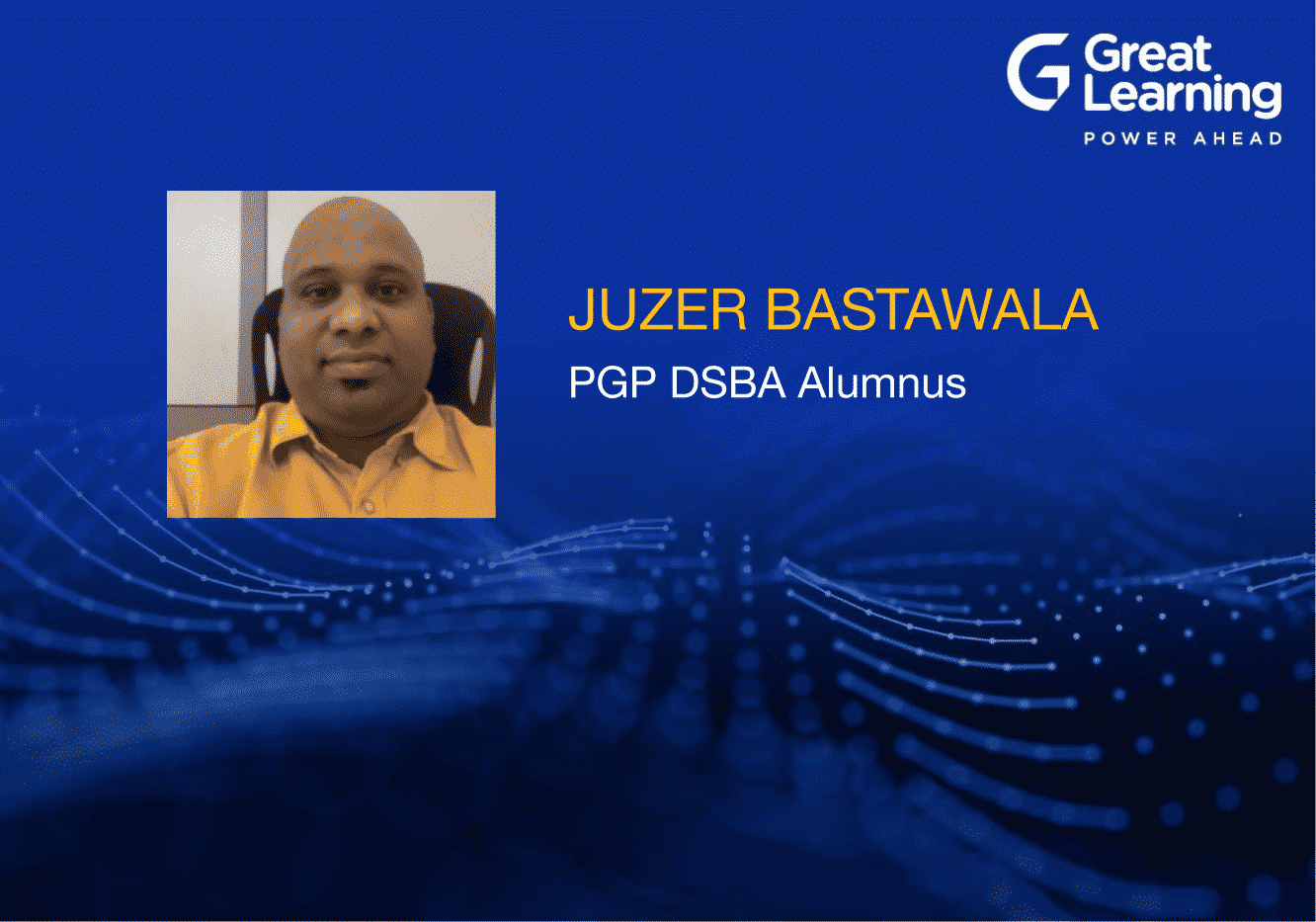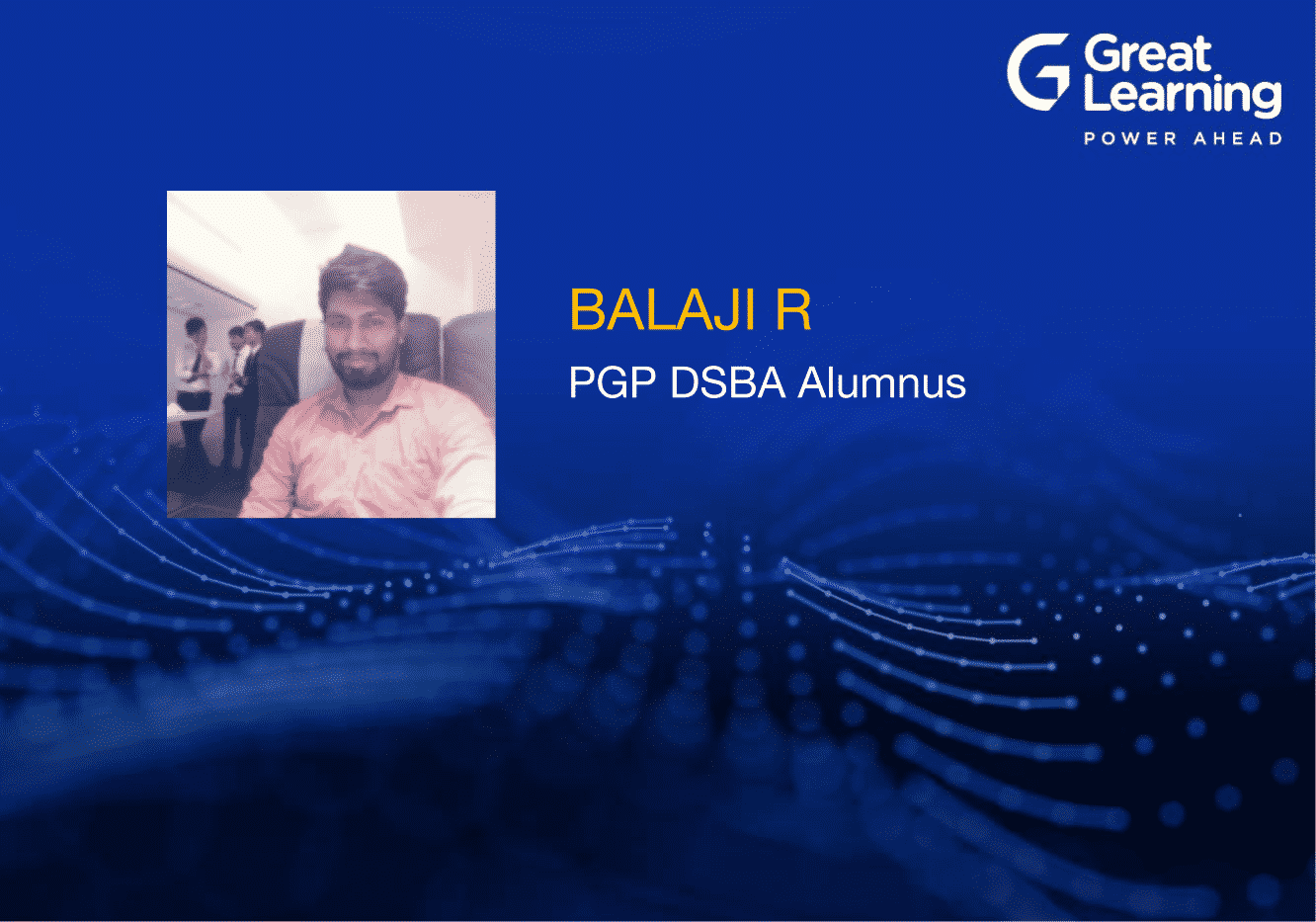Anand has completed his Bachelors in Electronics and Power Engineering from Nagpur University. He has close to 25 years of experience in Application Development and Maintenance and is a hands-on leader with a deep interest in leveraging Technology, Data & Machine Learning to identify, communicate & solve Business problems - essentially, Applied Data Science. He has worked across Banking, Healthcare, Insurance, Retail, eCommerce, Financial Services. Established, grew applied data science teams for over two decades since his MBA in General Management from IIM Calcutta. His specialization includes Thought Leadership & experience in Leading Advanced Analytics delivery projects. Led Product Development and Research Initiatives managing with Product Engineering teams and R&D team in the development of various engagements. Expertise in identifying the suitable algorithm and technology to be used for solving a given business problem based on possible situational factors.
Anand was responsible for managing and running Automation Center Of Excellence, Enterprise Architecture, and Advanced Analytics. On a journey to become that fabled Unicorn Data Scientist who can do it all. Ability to create a value-driven organization in the following types of work:
1) Hands-on development for scalable products backed by AI
2) Building a new Tech team(Data Scientists, Data Engineers, DevOps, Application Developers - UI & Backend, QA, BA) in Greenfield Tech Stack
3) Technical Lead(Firefighter) for an existing Delivery Team
4) Interfacing with business stakeholders for the delivery of the AI-backed solutions
Anand has come across a few problems at his workplace wherein he applied the concepts of AI and ML as mentioned below.
- ” Zero Touch” solution which eliminates human intervention for making any complex business decisions and automating key business rules.
- AI in payments investigation protects our customers by identifying conspicuous or fraudulent transactions
- Anti-Money Laundering (AML)/Know Your Customer (KYC) checks with minimal to zero human intervention.
- The use of robotics and vision robotics have enhanced operational efficiency within the company
- Doc Vault helped us seamlessly integrate with the digital initiatives of the bank. ML-based Classificator solution for document indexing which has helped us achieve automated document indexing of over 15 Crore + documents with an accuracy of 95%. Smooth Migration to document management platform with API Capabilities( This problem is explained in detail below)
Problem: Document Vault Classification using Computer Vision and NLP Techniques.
- To classify the documents provided by Leading UAE Bank in National ID Front, National ID Back, Visa, Passport, and Others correctly from a backlog of 18 million documents.
- Document Management System is the document repository of the Bank. As part of Digitizing the Bank’s digital landscape and mapping the KYC documents as part of the Customer journey, there was a humongous challenge of Classifying and Indexing various document types like National ID Card, Visa, Passport, etc. The documents were varied and complex in terms of layout and object detection.
This resulted in various impacts and challenges in the organization such as Delayed Customer onboarding, Higher TAT, Higher Error Rate during KYC renewals.
The below approaches and techniques were tried to solve the above problems:
- Initial Approach :
- Classification in Mashreq was started with an Image-based Document Classifier Model. This approach makes use of Convolutional Neural Networks (CNNs) to classify images. Convolutional Neural Networks have been used as an industry standard for layout-based image classification and perform well given a limited variation in data.
- Issues with Initial Approach:
- The variation in data present was too large for Convolutional Neural Networks to properly fit the feature space representation.
- Large layout variations found for Passport class.
- The data is present in multiple orientations.
- An A4 size image contains a very small card area for analysis of EIDA Cards.
- Final Approach:
- The Classification Algorithm was altered to include both the spatial and the layout variations found in the documents. An Object-Based Document Classifier was used which internally makes use of the state-of-art object localization architecture. The images are re-labeled as per the requirements of the new algorithm and accordingly, the new model is trained for classification.
- Concepts of Supervised Learning, Hyper tuning, Deep Learning, Computer Vision Algorithms were used to solve the problem of classification and indexing of 18 Million Documents
The solution proposed for solving the above business problem are mentioned below :
- The new object-based classification algorithm is effectively able to reject the false-positive cases leading to more accurate predictions. Deep Learning and CNN based algorithms were employed to solve the problem of Document Indexing, Classification, and extraction and provided as API for Document Creation, Document Updation, Archival, and Deletion
- To further optimize, we also introduced the Doc Vault which helped us seamlessly integrate with the digital initiatives of the bank which has introduced several state-of-the-art Customer Front ending applications.
- The introduction of digital platforms for customers has given customers the freedom to upload documents in real-time which is a boost to fast track application processing, however leading to more complications in terms of Document Formats, Scan quality, and Image sizes that come in from various mobile and handheld devices
With the above-mentioned approach, we received a greater impact on Performance and Customer Experience.
- Performance
- The overall accuracy of classification improved to > 97%.
- The number of false positives is significantly reduced.
- Major issues are resolved as the Object-Based Document Classifier is able to fit the feature space represented by the data.
- The solution had significant savings in terms of improved TAT, reduced error rate, cost savings, integration with Customer Journey across the Bank
- Customer Experience
- Driving superior Customer Experience based initiatives is a key driving point to enhance the banking technological landscape which includes the introduction of the latest cutting-edge technologies involving Deep Learning-based Document Processing Systems and Vision Robotics using Computer Vision and NLP techniques.
It also helped with an in-depth understanding of implementing Computer Vision for documents with multiple variations and spatial in nature. Combination of multiple CNN algorithms was used to solve the problem of multiple document image formats
At Great Learning, the Structured Self-learning videos and mentoring sessions coupled with Assessments strengthen the understanding of various concepts and apply them to practical problems in the real world.
Resources That Shaped Anand’s Successful Learning
- Top 5 Examples of How IT Uses Analytics to Solve Industry Problems.
- Transportation Problem Explained and how to solve it?
- Introduction to Spectral Clustering
- What is Computer Vision? Know Computer Vision Basic to Advanced & How Does it Work?
- Types of Neural Networks and Definition of Neural Network
- Tapping Twitter Sentiments: A Complete Case-Study on 2015 Chennai Floods
Hear from Our Other Successful Learners
- A great opportunity to explore and implement concepts – Omkar Sahasrabudhe, PGP AIML
- Structured Self-learning videos and mentoring sessions strengthen the understanding of concepts – Anand Venkateshwaran, PGP AIML
- Utilizing the skills acquired at Great Learning to address one of the client’s demands – Daniel Raju, PGP AIML
- Learnt to implement data-driven approaches with the skills I gained during this course – Vanam Sravankrishna, PGP AIML
